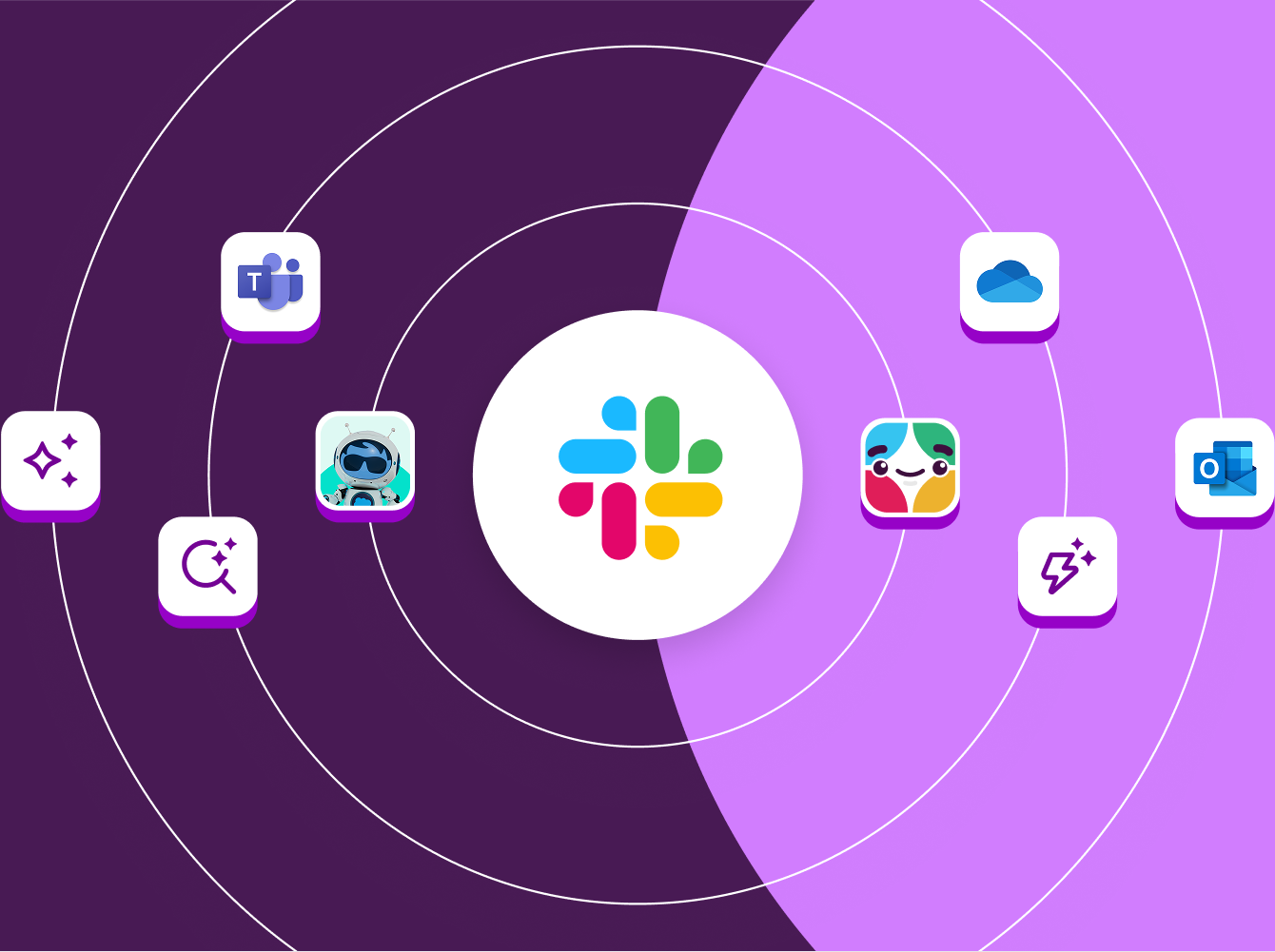Across the globe, Slack is making enterprise work life simpler, more pleasant, and more productive. What started as a humble chat tool in 2013 has since evolved into a sophisticated work operating system embraced by more than 200,000 organizations in every industry.
This e-book provides an in-depth look at how Slack helps growth functions in an enterprise organization—sales, marketing, IT, service, and finance—collaborate more efficiently. From improving sales win rates to streamlining mergers and acquisitions, Slack is transforming how work gets done.
Download this e-book to learn:
- How Slack integrates with enterprise applications to reduce context switching and boost productivity
- How Slack’s AI capabilities and no-code automation saves time and money
- Real-world examples of how leading companies use Slack to modernize mission-critical processes and achieve higher performance










